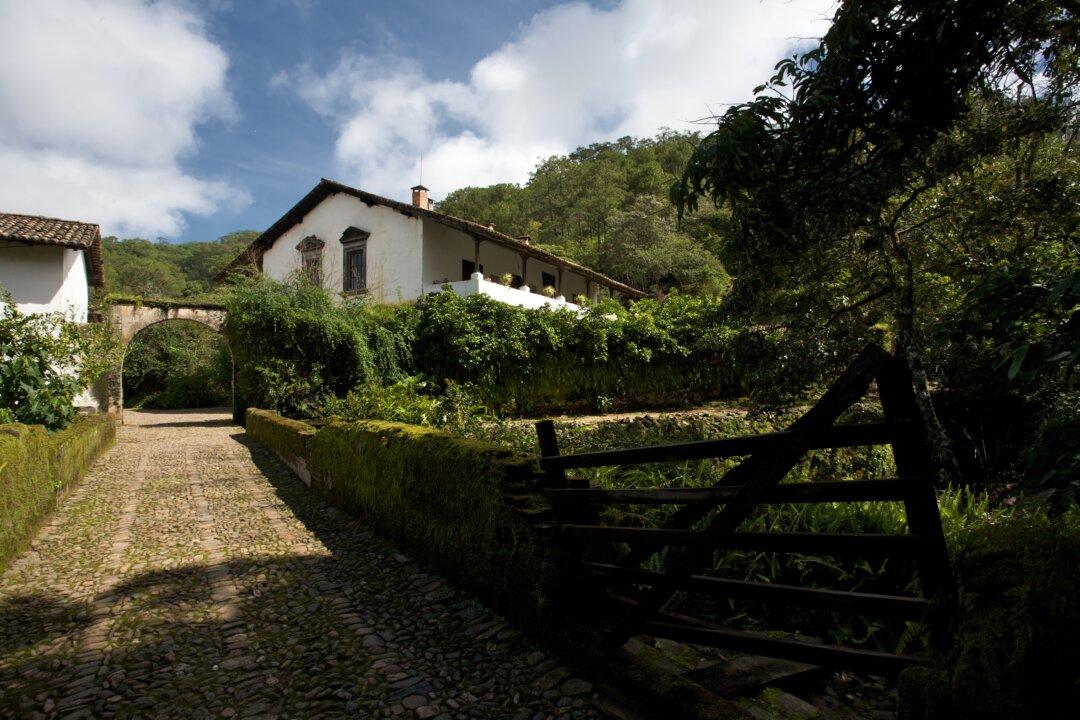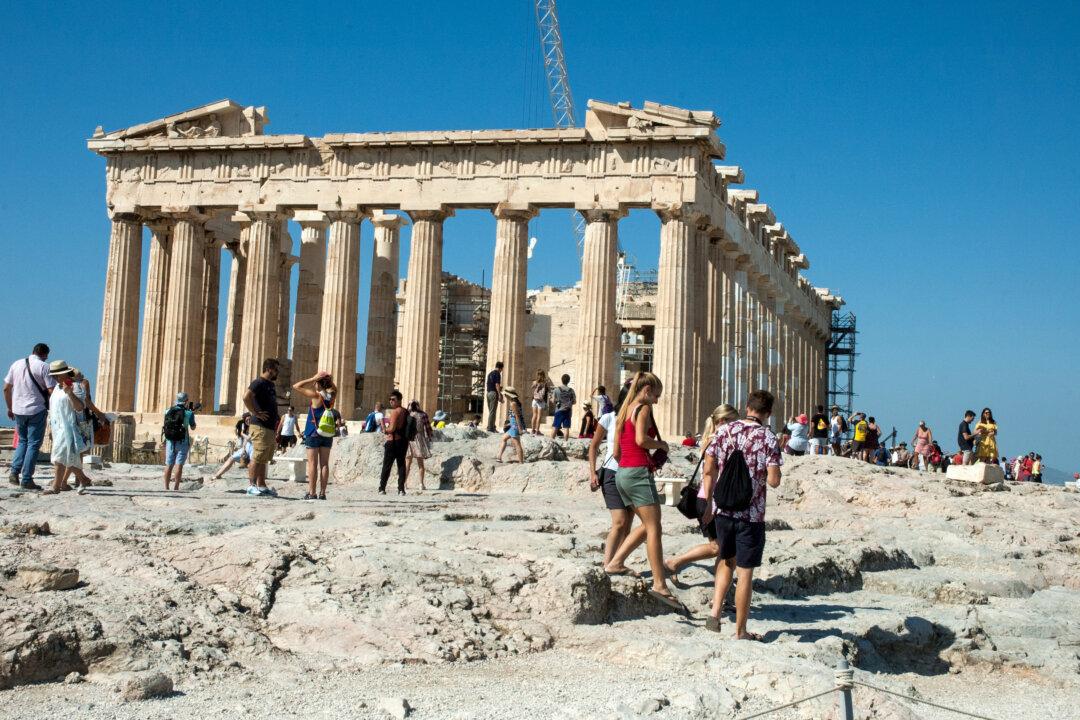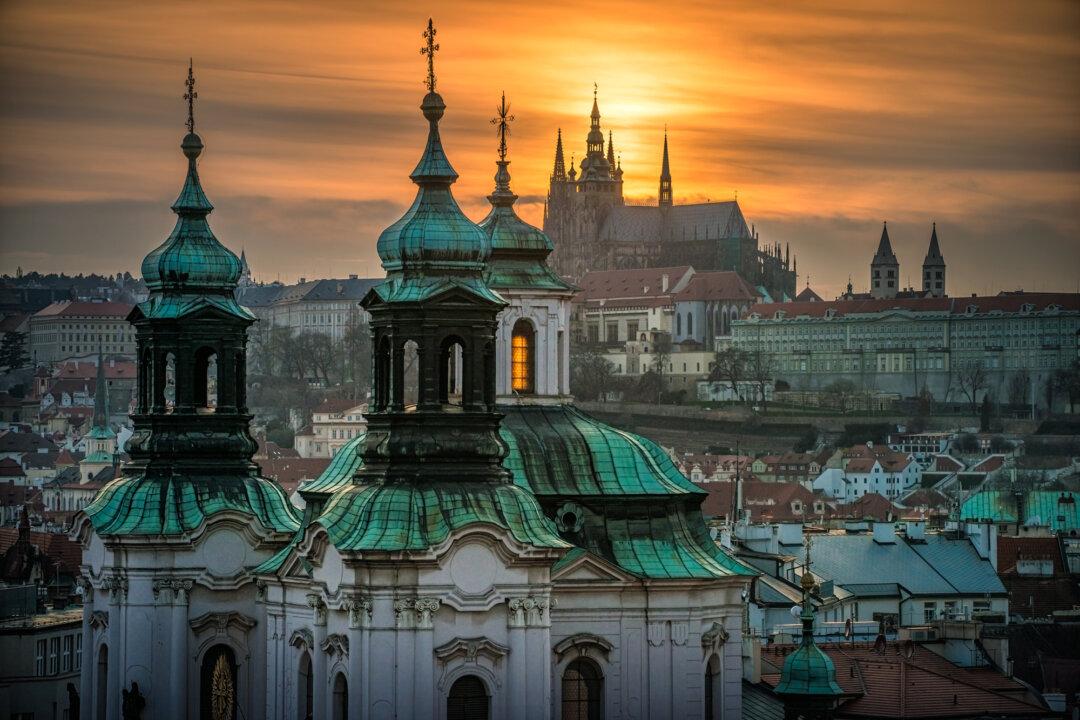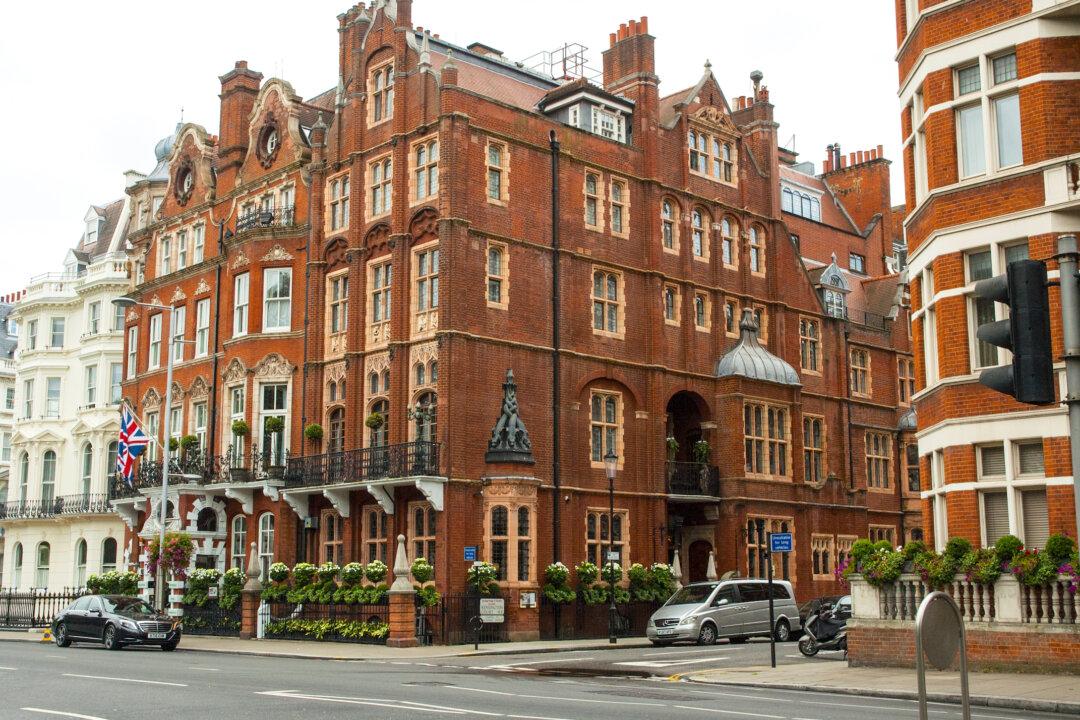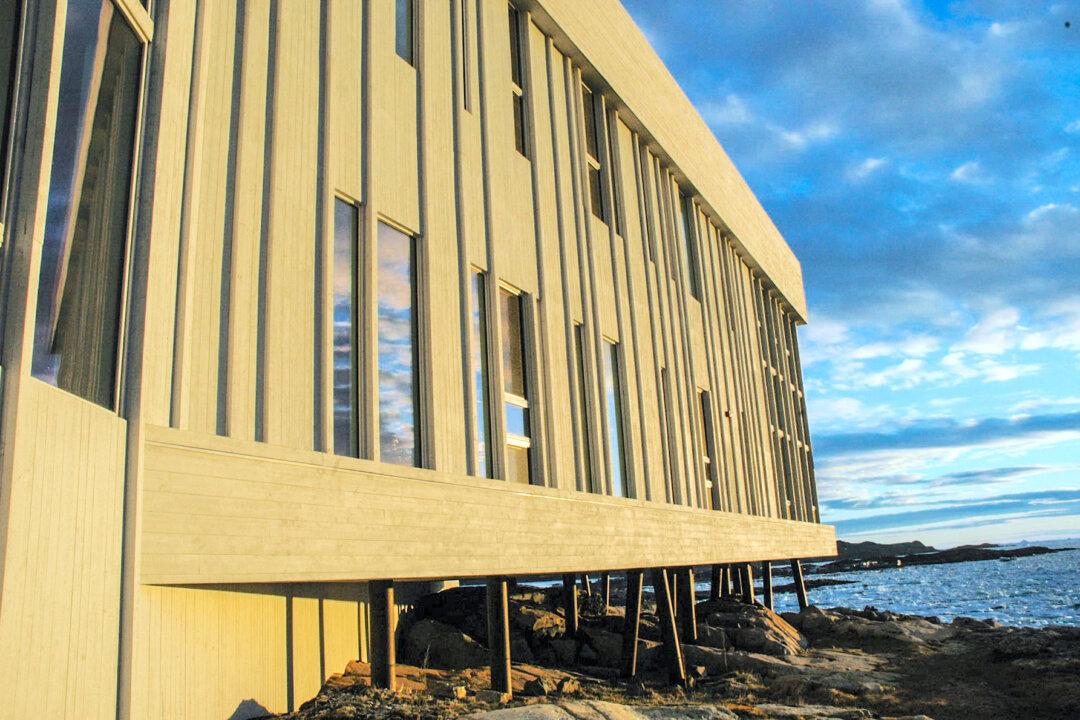The Mexican resort of Puerto Vallarta started its upward climb in popularity in 1963 as the location of the film “The Night of the Iguana,” starring Ava Gardner and Richard Burton, Hollywood’s ‘A’ couple in the early 1960s.
An international airport followed in 1976 and just a few years ago the final bridge was completed, joining Puerto Vallarta to the more mountainous regions of Jalicso State, and the old colonial town of San Sebastian del Oeste.
It was while seated in a spacious, yet modest rural restaurant near San Sebastian del Oeste, Mexico, that I realized I‘d finally discovered the Mexico that had made its way into my mind and into my mind’s eye decades earlier, probably long before I’d ever heard of Liz and Dick.
Upon our arrival at the El Arriero Ranch Restaurant, a man in a huge sombrero (no, I’m not making this up) offered us a sampling of tequila. After the traditional tequila welcome (breathe in, gulp it down, breathe out), we walked to the open kitchen where fresh tortillas were being kneaded, molded, and cooked in a wood-burning oven.
The home-cooked freshness of the aroma grounded us immediately. I had my first ever, real (real, not Tex/Mex) fajitas, a dish served in a modest, humble manner; including of course, more fresh, steaming, out-of-the-oven tortillas. (They were so hot, we were given serviettes to handle them—oven gloves would have been even better!)
The El Arriero Restaurant, located on the small plateau overlooking a functioning corral was, until recently, a functional ranch.
The magical town of San Sebastian del Oeste, a well-preserved mining town, was once a very prosperous little enclave. The Mexican concept of magical town or pueblo magico, recognizes 63 Mexican towns for their cultural, architectural, and spiritual uniqueness and the efforts of locals to maintain them as such.
I suspect the collection of solidly built-looking-Serrano-style buildings from the 18th and 19th centuries is one of the main reasons that the village made it onto the select list. Strolling there is truly like walking into the past—as one wit stated, “it’s like the archetypical American small town of Mayberry, but even quieter.”
I took a video at noon of a corner off the main square and was surprised later to notice only one sound—that of a crowing rooster!
But even before we made our way into town along the cobblestone road that traditionally served as a local horseracing track, we stopped at the Quinta Mary, an organic coffee plantation and coffee producer.
This was the real McCoy. Amongst the coffee bushes, there were lime trees, mangoes, and guavas all vying for light and providing shade for the coffee plants. It was a little like walking into an enchanted garden. We watched the coffee beans being roasted and had coffee so fresh it was magical, reminding us we were about to enter the ’magical town' of San Sebastian del Oeste.
Another culinary surprise awaited us just off the zócalo—or town square, where the chef from a charcuterie was cooking bacon fat right in the street in a huge open metal drum.
Right on the zócalo, a guide at the charming and folksy local museum, played the role of Doña Conchita, a descendent of the three leading families from this town’s deep-rooted history. She explained the complex and fascinating role that the leading families played here, running the area like a company town, where pay was in the form of tokens that had to be used in the company store.
The exhibits included a christening gown that not only covers an entire queen size bed but has a pedigree that goes back six generations. The photo of José Rogelio Alvarez Encarnación (a member of the ruling family) brooded over a complete set of the Encyclopedia of Mexico, whose writing he supervised. Doña Conchita’s hope chest was there along with a doll that housewives used as a model for crafting clothes destined for their unborn babies.
The former wealth of the area can be imagined when one realizes that the New York Life Insurance Company had an office here in 1892. (I was standing in it!) And yes, there was a faded copy of one of their old invoices as well as a huge trunk that was used to transport silver bars from the mines to Guadalajara, when the trip took over three days.
A Trail of Tequila
It’s hard to visit this part of Mexico without mentioning tequila. After all, it originated at Tequila, a town here in Jalisco State. At El Parral Restaurant, on the road back from San Sebastian del Oeste to Puerto Vallarta, we stopped to witness the tequila being distilled.
Our energetic host explained the process and let us taste the tequilas of differing ages—reposado, old and extra old as well as a new twist, raizilla. We tequila neophytes almost all preferred the raizilla, a light version of tequila that is usually translated as tequila moonshine. Yes, it’s the first pressing, and like moonshine, is not generally available in stores. Buy it wherever you happen to find it, most likely at a roadside stop.
The great thing about stopping at El Parral is opening up the barrel of fermenting, cooking agave leaves and taking deep whiffs of the aroma. ¡Ay tequila!
As we made our way, literally down from the mountains back to Puerto Vallarta, we sampled tequila in different settings over the next few days.
At the Kaiser Maximilian Restaurant, located on Olas Altas Street in the Zona Romantica area of Puerto Vallarta, we experienced a unique way of testing tequila at a tequila and chocolate tasting. This being Mexico, we experienced them before lunch!
The three competing pairings were a matching of sparkling Cetto Winery red (from Mexico’s oldest winery) with white chocolate, Mexican merlot with dark chocolate and chili truffle, and then finally old tequila 1800 with classic dark chocolate and chocolate truffle. As far as the tastings went, the old tequila 1800 won hands down.
But rest assured, this is not a typical Mexican matching. No Mexicans I spoke to had ever heard of eating chocolate with tequila. Only in Puerto Vallarta you say!
A final confirmation of the Mexico I always carried in my mind’s eye and mind’s ear was a display of classical Mexican dance and music at the River Café. Young, professional dancers from the Xuitla dance troop effortlessly stomped through hearty folkloric pieces with an easily contagious energy and joy.
This extravaganza, taking place in a café overlooking the Cuale River, reminded me of an authentic old-fashioned Mexico that I longed for. Oh, and they served tequila too.
Bruce Sach is a freelance writer now living in Ottawa.

